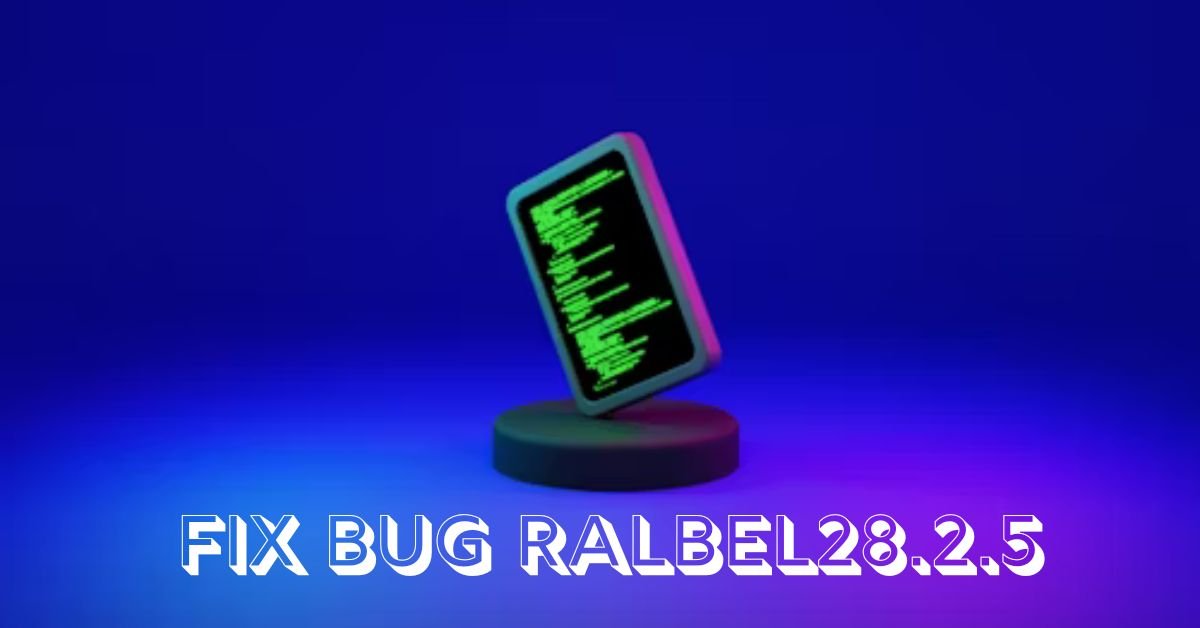Many developers and system administrators encounter the frustrating Fix Bug ralbel28.2.5, especially during software upgrades or when configuring new environments. It’s a persistent issue that can disrupt workflows and delay important deployments. If you’ve been struggling with this bug, this guide will walk you through why it happens, how to fix it, and how to prevent it from coming back.
Understanding What Triggers Fix Bug ralbel28.2.5
This bug typically surfaces when your system has conflicting versions of the ralbel package. It often appears after trying to upgrade from an older version or when scripts run without properly checking for version compatibility. Even though your operating system might differ—whether it’s Linux, Windows, or something else—the root cause tends to be similar.
Several scenarios commonly lead to this problem:
-
Residual configuration files left by older versions
-
Outdated environment variables still pointing to deprecated binaries
-
Conflicts between shared libraries that fail to align with ralbel28.2.5 requirements
Check for Conflicting Installations
One of the first steps in resolving this issue is to ensure that your system is clean of older ralbel installations. Many users unknowingly keep old versions that interfere with the new setup. By auditing your system for any leftover packages or hidden references, you can remove a major source of conflict.
In practical terms, this means using your system’s standard tools to list installed packages and looking out for duplicates or mismatches. Once identified, fully remove these outdated versions along with any related dependencies. This ensures that no hidden files continue to disrupt your new installation.
Install a Stable Version from Trusted Sources
After cleaning up old installations, the next important move is to get a fresh, stable version of fix Bug ralbel28.2.5. Always use official repositories or reliable package managers rather than downloading binaries from unofficial sites or forums. Many persistent bugs are simply the result of mismatched builds or improperly compiled versions.
This clean installation process dramatically reduces the chance of hitting the same error again. It also aligns your system with the latest patches and security improvements.
Update Configuration Files and Scripts
Even after a new installation, some systems continue to show the bug because configuration files still reference older versions. This is common in project directories that haven’t been updated to match the latest software setup.
You should carefully check your configuration files, deployment scripts, or build manifests. Look for any lines that still mention previous ralbel versions and update them to point to fix Bug ralbel28.2.5. Many users find that simply correcting these version references eliminates the bug entirely.
Verify Library and Dependency Compatibility
Another hidden cause of this bug lies in shared libraries. Especially on Linux systems, older or mismatched libraries can cause version errors when new software tries to link with outdated symbols.
It’s helpful to review which libraries your system is using and compare them with the compatibility requirements of ralbel28.2.5. If needed, update these libraries to their recommended versions. Keeping your entire stack aligned prevents subtle conflicts that are otherwise hard to detect.
Pay Attention to File Permissions
Surprisingly, a number of users discover that their persistent error was linked to simple permission problems. If your system files or directories lack the right ownership or execution rights, it can cause failures that look like deeper software bugs.
By ensuring that the files related to ralbel have the proper ownership and are executable by the right users, you remove one more common stumbling block. This small check often saves hours of unnecessary troubleshooting.
Use Logs to Diagnose Specific Failures
If after all these steps you’re still facing the bug, your system logs become invaluable. Logs often pinpoint exactly what is failing, whether it’s a missing dependency, a blocked operation, or a misconfigured path.
Review your logs carefully, searching for any lines that mention ralbel errors, missing files, or denied operations. This will direct you to the exact problem area so you can fix it without unnecessary guesswork.
Prevent the Bug from Returning
Once you’ve resolved Bug ralbel28.2.5, it’s smart to take a few proactive measures. Keep clear records of which ralbel version your project relies on and document any related system packages. This helps future team members avoid repeating the same problems.
It’s also wise to pin specific software versions in your build or deployment processes. Doing so stops silent upgrades from introducing unexpected changes. Adding a routine check or automated test after updates ensures that if something breaks, you catch it immediately.
Conclusion
Fixing Bug ralbel28.2.5 might seem daunting at first, but by tackling it step by step—cleaning up old installations, installing a reliable version, updating your configurations, verifying dependencies, and checking permissions—you can solve it efficiently. Taking these actions not only gets your system running smoothly again but also sets up a more stable environment for the future. This means fewer interruptions, more reliable deployments, and the peace of mind that comes with knowing your software foundation is solid.
